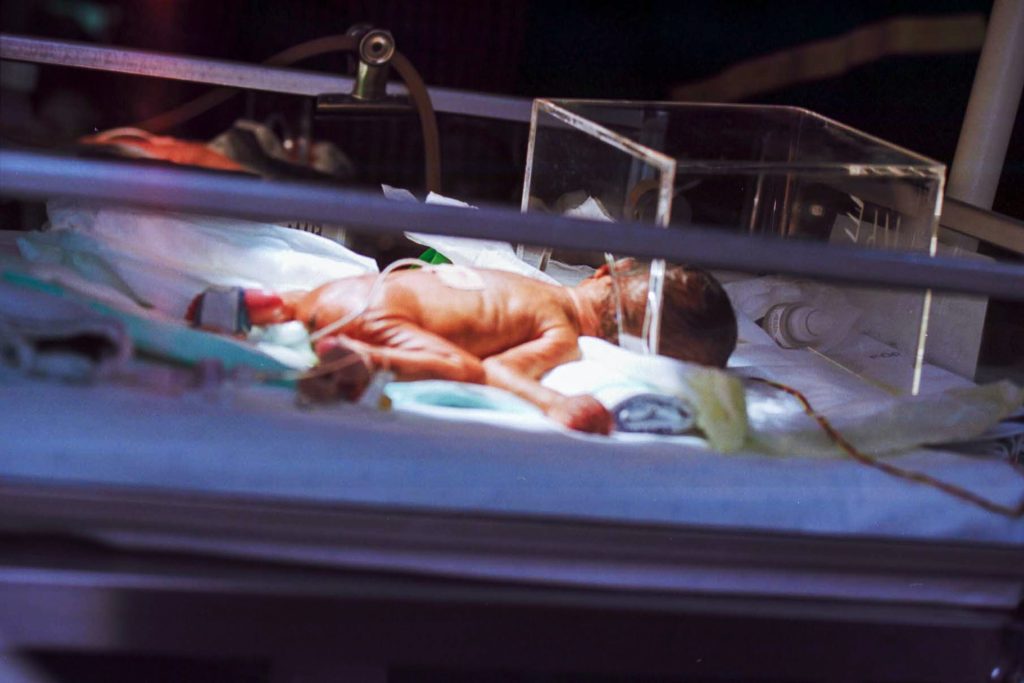Paracetamol May Protect Against Kidney Damage in Malaria

Paracetamol may help protect against kidney damage in patients with malaria, according to a study recently published in Clinical Infectious Diseases.
The study found that for patients with severe malaria caused by the malaria parasite Plasmodium knowlesi (the most common cause of malaria in Malaysia), taking paracetamol regularly for 3 days led to improvements in kidney function when tested one week later.
The findings are important because they will help provide the best possible treatment to patients with severe malaria, said study leader Dr Daniel Cooper.
“Even minor kidney injury can have long-term effects, so anything we can do to minimise kidney injury from malaria will be beneficial for these patients’ long-term outcomes,” Dr Cooper said.
In collaboration with international partners, the study involved 396 people with knowlesi malaria in Sabah, Malaysia.
Assistant Professor Bridget Barber said that in severe malaria, red blood cells can rupture, releasing haemoglobin which can have a toxic impact on kidneys, and it is now believed that paracetamol can help to mitigate these toxic effects.
“These results are consistent with other studies conducted in patients with other forms of malaria, including in adults in Bangladesh, and in children in Africa. Importantly, these findings also suggest that paracetamol may help to protect the kidneys in other conditions that are also associated with rupture of red blood cells,” A/Prof Barber said.
Source: MedicalXpress




